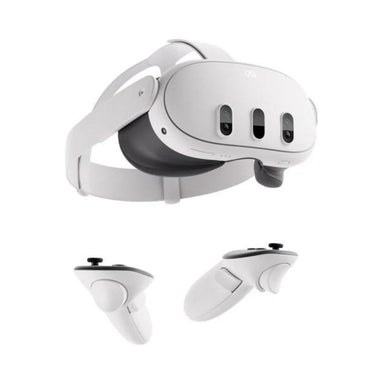
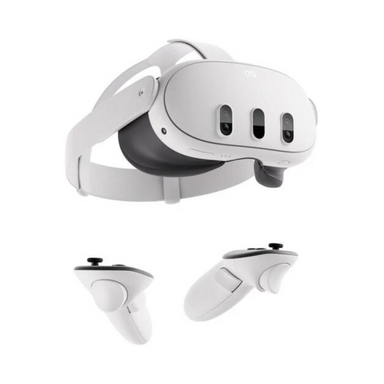 Save $20.00
Save $20.00
Meta Quest 3 Mixed Reality VR Headset
Enjoy next level virtual reality with the Meta Quest 3 headset Step right into the heart of action with the Meta Quest 3, your portal to a worl...
View full detailsSlide on a VR headset and say goodbye to the real world—because you’re about to step into something way more exciting.
Whether you’re tearing up a racetrack or piloting a jet, VR headsets drop you right into the action with stunning visuals, 360° sound, and ultra-responsive tracking that follows your every move.
It’s not just immersive—it’s like your living room doesn’t exist anymore.
We stock leading VR gear like PICO and Meta headsets, so you can choose the setup that suits your playstyle.
Want mixed reality features that blend digital with physical? You’ve got it. Want crystal-clear displays and smooth performance? Covered.
At Gamer Gear Direct, we make it easy to gear up and get in the game—no matter where you want to go.

Read More ...
Adding a VR headset to your racing or flight simulation setup changes everything.
Instead of watching the action on a screen, you’re right in the cockpit, surrounded by gauges, scenery, and split-second decisions. The sense of speed, depth, and spatial awareness you get wearing a VR headset makes traditional monitors feel flat.
Head tracking lets you naturally check mirrors, scan the skies, or line up the perfect corner. It’s not just more immersive—it’s more intuitive, more reactive, and a lot more fun.
For sim racers and virtual pilots who want to feel the road or sky in real time, VR headsets bring unmatched realism.

Standalone VR headsets like the Meta Quest 3 or Quest 3s operate independently without a PC, often using the same Snapdragon processors found in mobile devices. Tethered models like the Valve Index or HTC Vive connect to a PC for premium VR headset performance, better visuals, and access to advanced VR hardware and PC VR gaming experiences.
For a PC VR headset, yes—you'll need a capable setup for smooth virtual reality performance. These headsets shine in demanding VR games and simulations. For budget VR headset users or those with no PC, Meta Quest 3s and other wireless options are a better fit.
Definitely. Modern VR tech is expanding into spatial computing, design, fitness, and business. You can use AR glasses or virtual reality headsets for training, virtual meetings, or learning. Brands like Apple Vision Pro and other future brands are pushing the boundaries of what VR can do.
Yes, especially those with a comfortable design and ergonomic build like the Vive XR Elite or Meta headsets. Top models are made for long sessions and balance weight well across the head. Still, reviews may vary—it's worth checking test VR headsets before you buy.
Motion sickness can happen, especially with short battery life, low refresh rates, or poor frame pacing. Choosing an excellent headset with eye tracking, smooth visuals, and Fresnel lenses can reduce discomfort. Look for setups that eliminate the screen door effect.
Yes, many headsets offer adjustable lenses or room to wear glasses comfortably. Brands often focus on accessories that help with fit and visibility—some users find that lens inserts or expanded eye boxes improve clarity.
For full room-scale experiences, you’ll need around 6.5 x 6.5 feet of space. Some external sensors or base stations, like those used with the Valve Index or Vive, improve tracking but may require specific room setup. Wireless models give more flexibility.
Manufacturers like Meta and HTC generally recommend VR for users aged 12+. Whether it's a cheaper entry-level model or a premium VR headset, always follow guidelines and supervise younger users.
Most standalone headsets offer 2–3 hours of use. This short battery life is standard across brands but can be extended with accessories or charging while in use. Consider this if you plan on long sessions or intense VR gaming.
If you’re into immersive tech, absolutely. Whether for PC gaming, wireless experiences, or exploring new content, VR offers unmatched interactivity. Look for the best VR headset within your budget—reviews, prices powered by trusted partners, and options to buy today help you make an informed choice.
The Meta Quest 3 and Meta Quest 3s strike a great balance of performance, comfort, and cost. Many call it the best overall VR headset today. Tethered setups like the Valve Index or HTC Vive still lead for serious sim racers. Depending on your use, you can spend smart by comparing the board of features, price, and comfort.
You can shop VR at Gamer Gear Direct or any other trusted partners offering the best prices. Look for bundles including speakers, accessories, and Meta Quest Link Cable support if you're bridging standalone and PC experiences.

 Save $20.00
Save $20.00
Enjoy next level virtual reality with the Meta Quest 3 headset Step right into the heart of action with the Meta Quest 3, your portal to a worl...
View full details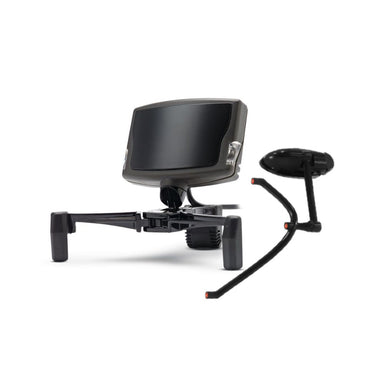
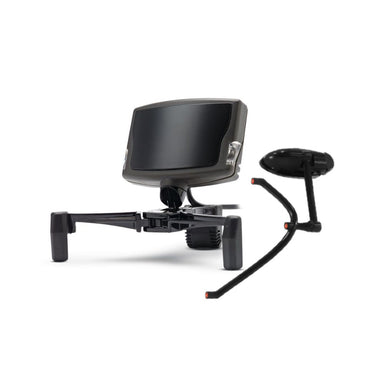 Sold out
Sold out
Experience next-level immersion in racing and flight sims with TrackIR 5 Transform how you play your favourite racing and flight sims with the ...
View full details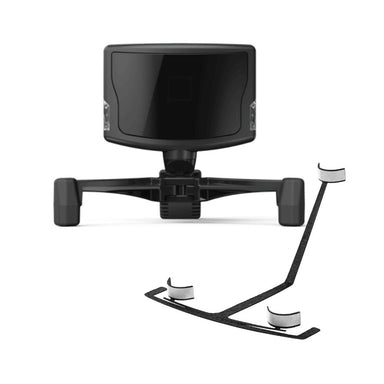
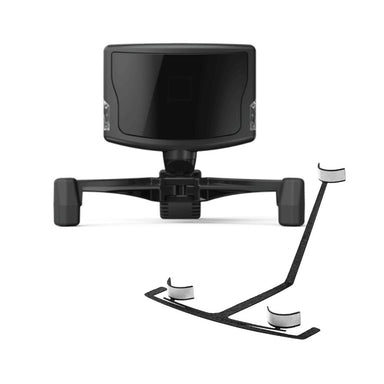 Sold out
Sold out
Experience unmatched realism with NaturalPoint TrackIR 5 pro pack Unlock true-to-life control in your favourite flight and racing sims with the...
View full details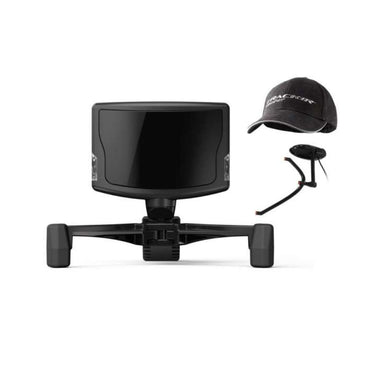
 Sold out
Sold out
Enjoy hyper-realistic immersion with the TrackIR 5 gamer set Experience jaw-dropping immersion in your favourite racing and flight sims with th...
View full details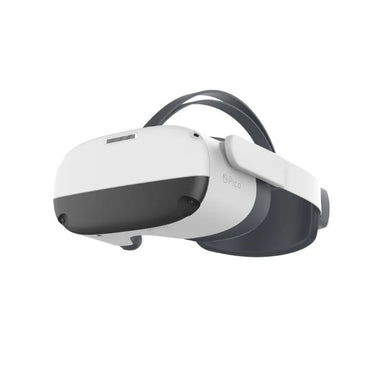
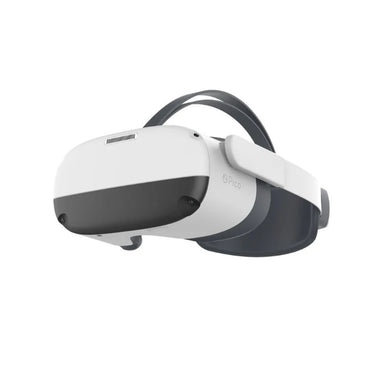 Save $50.00
Save $50.00
Unleash next-level virtual reality with the Pico Neo 3 Pro VR headset The Pico Neo 3 Pro is built for serious VR enthusiasts and enterprise use...
View full details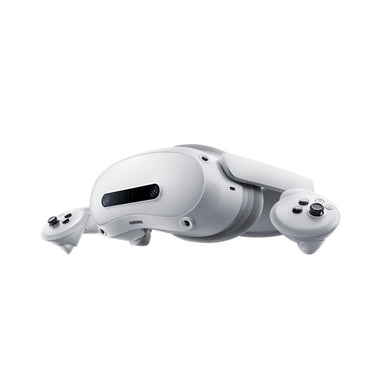
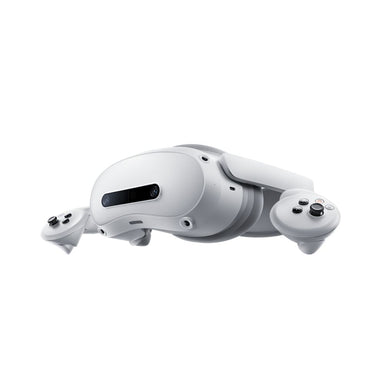 Save $62.00
Save $62.00
Unleash next-level performance with the Pico 4 Ultra Enterprise VR headset The Pico 4 Ultra Enterprise VR headset is powered by the next-gen Qu...
View full details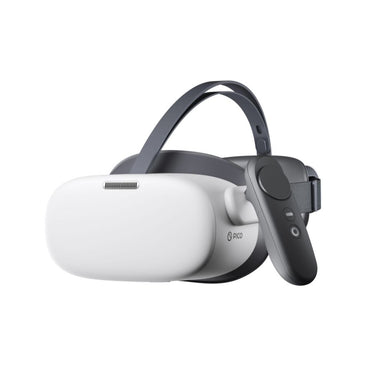
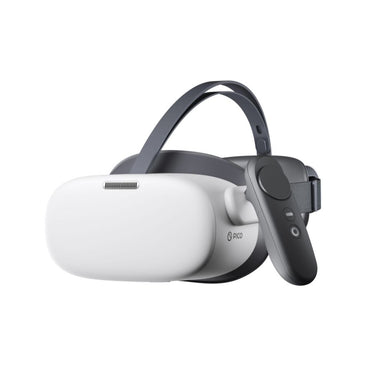 Save $134.00
Save $134.00
Enjoy all-in-one immersive gameplay with the G3 Pro VR headset Built for gamers who want performance without compromise, the PICO G3 Pro runs o...
View full details
